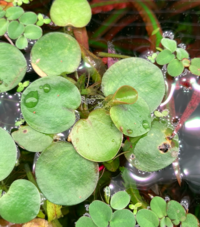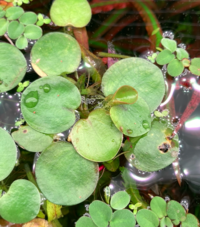Thank you!
Edit - I misread the Mg so we will need to add more Mg into the water too probably.
So roughly - 9Ca and .3 Mg.
Two options IMO:
1) your Nitrate is at 30ppm - so we need to take our PO4 up from your low amount to at least 6ppm. In conjunction with this, it would be prudent to hike your Ca up to 30 and your Mg up to 10 and plunk potassium in the middle around 18. Give it a couple weeks of consistency and see what happens.
2) go the other way: back to back water change neutralize your water column to zero everything and dose little N and P maybe 2 NO3 and 1 PO4 and then add about 6 potassium.
If you want precision:
Option 2 requires dry salts. Option 1 requires dry salts.
If you don’t want to hassle with those, then I will look at nilocg compisition for you and your local GH booster (tell me what you can get - maybe seachem?) and come up with the two options I think will work.
Both options will require you to arguably do water changes and reset your water column, then front load your targets and then pay attention and focus on co2.
Thanks again
@hypnogogia .
OR we keep it simple and do something in between but those fertilizer composition aren’t always “great” for that. APT complete is … so we could fix your current ferts with salts.
You see - you’re using very rich substrate so let the roots get the nutrients for you and keep the column clean (that’s the ada ideology) and when paired with soft water it works wonderfully when enough potassium and micros are in the water in tandem with feeding fish appropriately for N/P - good maintenance and proper co2 with fixed lighting scheme.
I will add that having added the flourish root tabs, your GH will go up like it did since they aren’t very good root tabs and have mostly minerals and low N/P.
May have to ride it out for a bit by dosing just the bottle recommendation + addition PO4.






